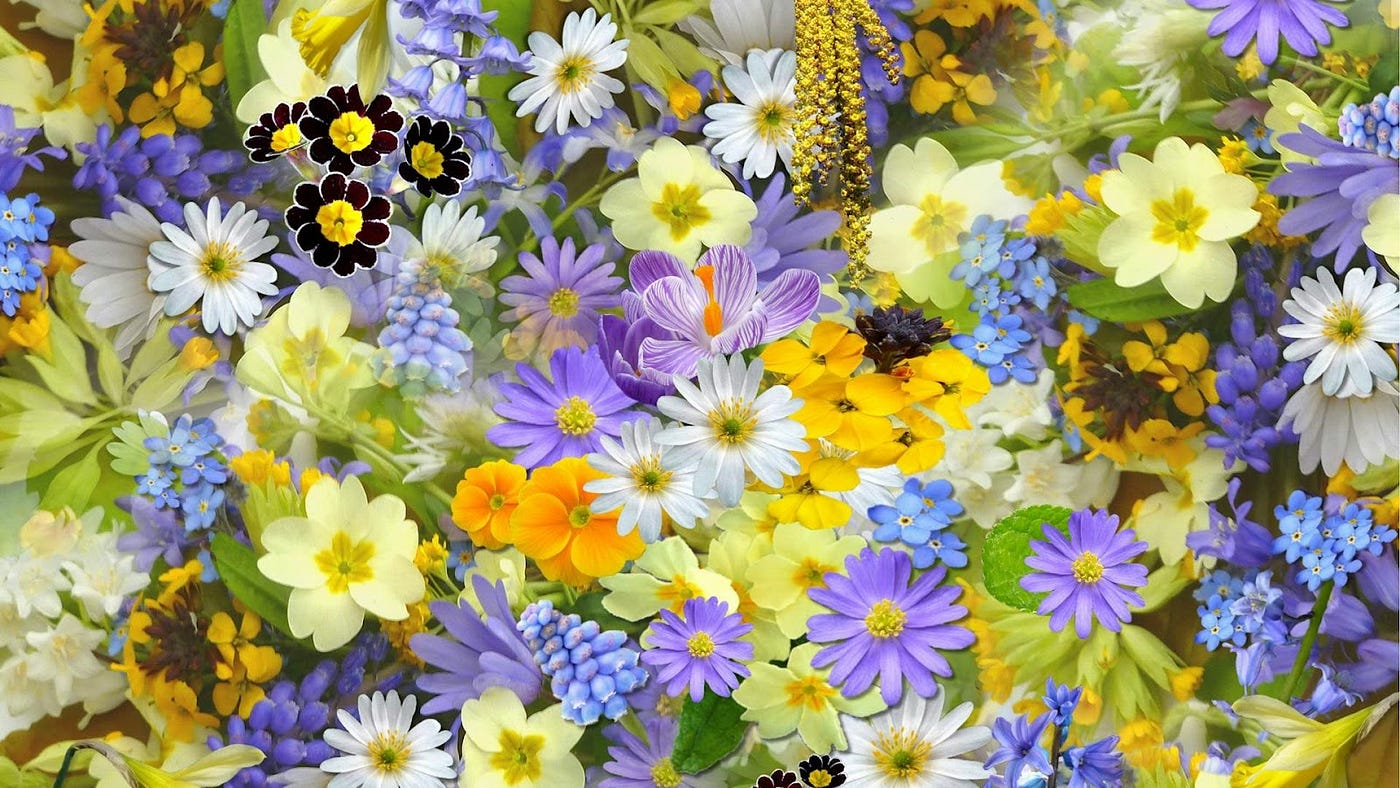Written by Abbas Babar
Edited by CHIQIO
Keywords: olfactory imagery, sense of smell, emotional connection, creative projects, sensory experience
Have you ever caught a whiff of something that instantly transported you to another time and place? The aroma of freshly baked cookies might remind you of childhood, or the scent of blooming flowers might bring back memories of a favorite garden. Our sense of smell, often underestimated, holds a unique power to evoke vivid memories and deep emotions. This ability makes olfactory imagery a compelling tool in storytelling, creative projects, and personal reflection.
The power of smell
Our sense of smell is intimately linked with our brain’s limbic system, which controls emotions and memories. Unlike other senses, which pass through the brain’s relay center, the thalamus, smell signals go directly to the olfactory bulb and then to the limbic system. This direct pathway explains why scents can trigger strong emotional responses so quickly.
Olfactory imagery in everyday life
Using olfactory imagery can make everyday experiences richer and more memorable. Describing a setting through its scents can bring it to life in a way that purely visual descriptions cannot. Consider this scene:
“The kitchen was filled with the rich scent of freshly baked bread and the faint aroma of brewing coffee. Each breath brought a sense of warmth and comfort, reminiscent of Sunday mornings spent at home.”
This description not only tells us what the kitchen looks like but also conveys a sense of warmth and nostalgia, pulling the listener deeper into the experience.
Scent in Creative Projects
Harnessing the power of smell can enhance various creative projects. Scented elements in art installations or even adding descriptive scents in storytelling can deepen a viewer’s or reader’s connection to the experience. Imagine a depiction of a forest; describing the earthy smell of pine and damp soil can make the scene much more immersive and evocative.
Tips for Creating Olfactory Imagery
1. Reflect on personal experiences
Think about the scents that have been significant in your life. What memories do they bring up? Use these personal connections to create more authentic and relatable descriptions. For instance, the scent of rain on dry earth might remind you of childhood summers.
2. Be Specific
Instead of using vague terms like “pleasant” or “bad,” describe the scent in detail. For example, rather than saying “it smelled nice,” you could say “it smelled of fresh-cut grass and blooming lilacs, like a spring morning.” Specific scents help the audience imagine the scene more vividly.
3. Connect scents to emotions
Linking scents to feelings can make your descriptions more powerful. Describe how a scent makes you feel or what memories it brings up. For example, “The scent of baking bread filled me with a sense of home and comfort.” This connection helps people feel the emotions associated with the scent.
4. Combine Multiple Scents
Real-life environments often feature a mix of scents. Combining several smells can create a more realistic and immersive description. For example, “The kitchen was a symphony of aromas: sweet vanilla, spicy cinnamon, and the rich, buttery scent of pastry dough.” This layering of scents can evoke a more complex and engaging image.
The Emotional Impact of Smell
Smells have a unique ability to take us back in time and evoke emotions that visuals and sounds might not. By using olfactory imagery, you can create richer, more immersive experiences in everyday life or creative projects. So next time you describe a scene or a memory, think about how you can use the power of scent to enhance the experience.
Conclusion
Olfactory imagery is a powerful tool that can add depth and emotion to your descriptions and creative projects. By tapping into the evocative power of scents, you can create more engaging and immersive experiences for yourself and others. Whether you’re sharing a story, creating art, or simply enjoying a moment, understanding and using the art of olfactory imagery can greatly enhance the experience.

 No products in the cart.
No products in the cart.